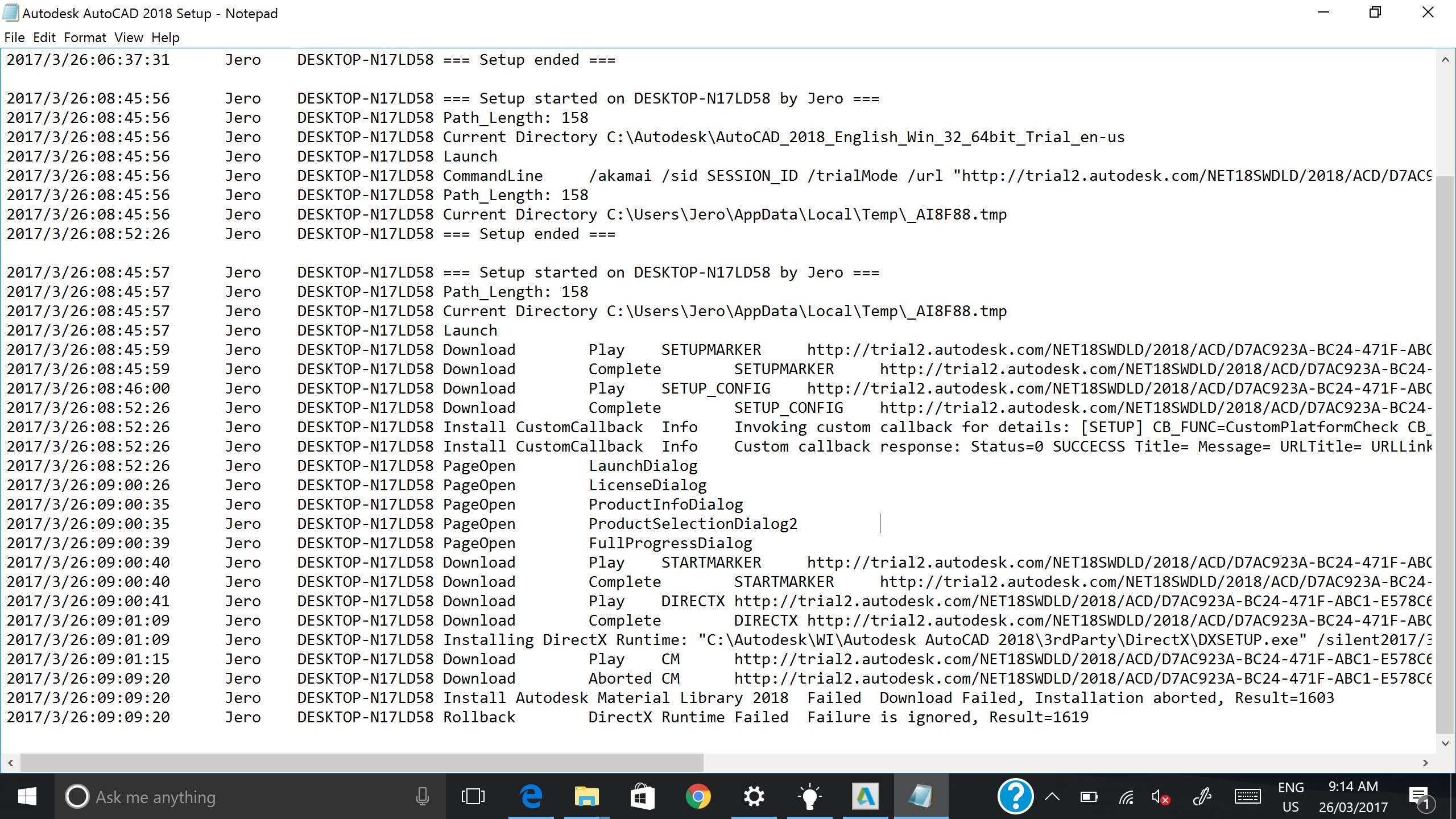Backburner Autodesk Trial
So now we're going to take a look at Backburner which is network rendering for Maya as well as for 3ds Max and Toxik. So, this actually applies to a number of different Autodesk applications. We're going to look at this from the Maya's stand point but you can use this techniques on the other Autodesk packages. Now, Backburner consists of three separate programs, these programs are Manager, Monitor and Server.Now, let me explain what each of these does.
Manager really is the core of Backburner and it's the program that assigns the frames to the servers. So, it manages the whole process. Server, is the one that actually renders the frames. So, Manager tells Server to render, say, frame 20. Server will go ahead and launch Maya and render that frame. When it's done, it'll tell Manager that I need another frame and the process repeats.Now, Monitor is actually your interface into this process.


You could actually run all of Backburner just using Manager and Server. But if you want to take a look at what's going on, Monitor is your interactive management and scheduling. It allows you to turn servers on or off, re-prioritize things and so on. It's really kind of your interface into that whole process. Now, let's take a look at how this all is set up. We have two types of computers.We have one Manager in the whole network and then we can have multiple servers. Now, the Manager computer will be obviously running, the Manager program.
But it can also act as a server. So that means that you could actually network-render within a machine. Which is kind of nice because you can set up a bunch of jobs and send them out and have your machine render them overnight, without having to have multiple machines. And the Manager machine can also run Monitor, which allows you to look at the process.Now, the server machines are not allowed to run Manager. You only have one Manager program running.
Autodesk Backburner 2020
And then you can have as many server programs running as you want. And you can also run Monitor on any machine you want, to look at the whole process. Now, of course any of these machines that are running Server also need to have a copy of Maya or Max or whatever installed. So that you can have the rendering program on the machine, so that the whole process will work.So in addition to this, we also need one more thing. We need a common place to store all of our data. Because we have multiple computers, we need a common network location. Where we're going to render to.
So, we need one shared folder that all of these computers can read and write to, to actually do the network rendering process. Because when the server is done rendering a frame, it needs to save that out in a common location.
So the whole process works by the Manager accepting the job from the user, and then it decides which frames go to which server.And it sends out those jobs to each individual server. The server launches Maya, renders the frame and when the frame is done, everything is written to that shared folder. So that's the basic overview of the rendering process using Backburner. So, let's go ahead and get into the actual nitty-gritty of using Backburner.